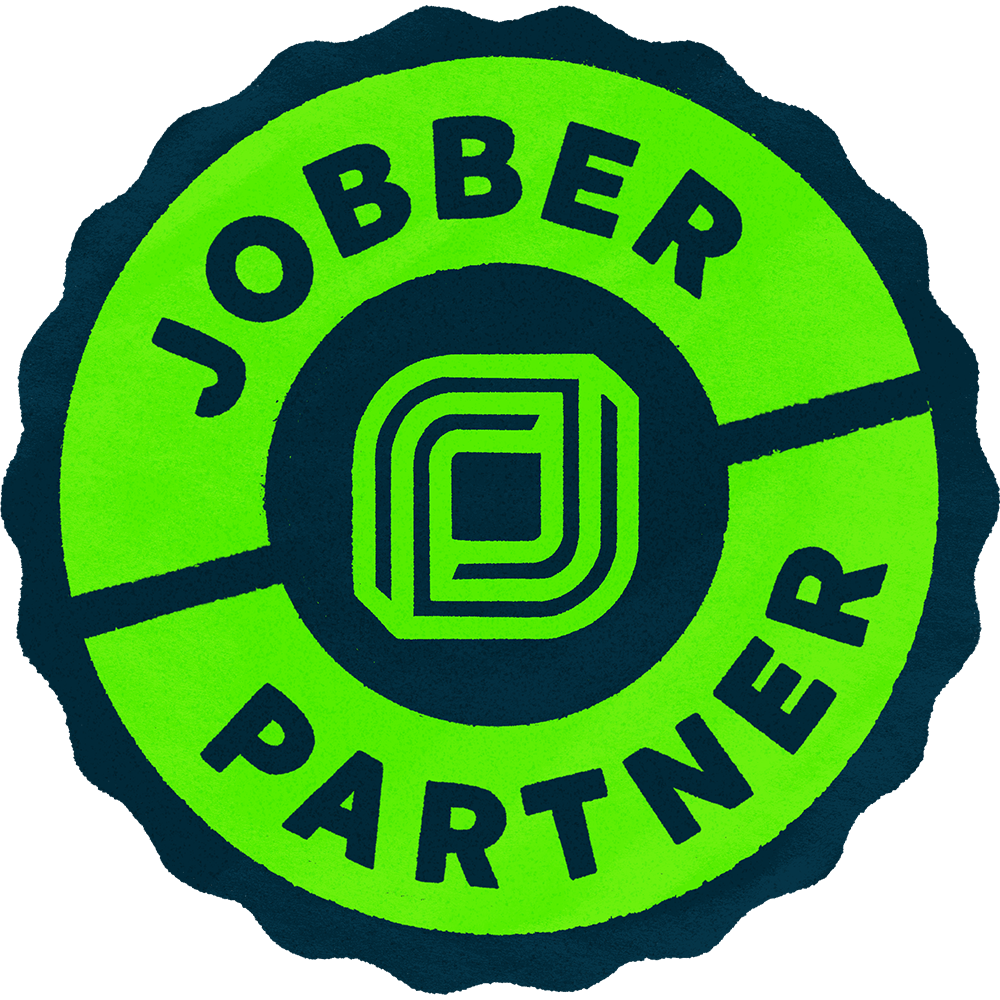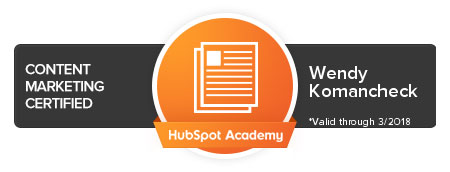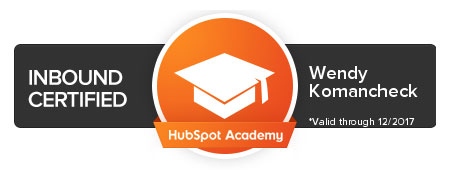How to Build Trust With Homeowners Through Educational Content

Guest Post by LawnStarter
Earning trust doesn’t happen overnight. Generic “how-to” blogs and videos are a dime a dozen, and no one really knows who these “experts” are.
So, how do you get people to trust you? Real insights – the kind you only get from years in the field, facing the same stubborn clay soil, patchy grass, or unpredictable freezes your readers wrestle with every season.
Instead of recycling vague tips, share the hard-earned lessons that solve problems in their backyard, not just in theory. That practical experience cuts through the online noise, showing people you understand what works and what doesn’t.
Creating helpful content can feel like the toughest part of running a lawn care business, but it’s also the key to earning trust and attracting the right clients. Ready to turn readers into customers? Here’s how:
Just as in any successful marketing campaign, you need to know who you’re talking to.
Ask yourself:
- Are they busy two‐career families who want a lush lawn without spending weekends on maintenance?
- Do they manage rental properties and need reliable, professional care to protect their investments?
- Are they eco‐conscious homeowners looking for organic or water‐wise landscaping solutions?
Craft content that speaks directly to their priorities: “Save 2 hours of yard work each week,” “Extend the life of your sprinkler system,” or “Create a pollinator‐friendly garden.”
When your topics promise to save time, extend equipment life, or boost curb appeal, you instantly speak the homeowner’s language.
Learn more: 9 Tips for Growing Your Landscaping Business with Blogging
2. Center Every Piece on Their Problems
More weeds, more problems. It might feel like a great idea to write a blog post about your new equipment, but this is quite possibly the worst idea since someone decided mulch should come in the color red.
Dedicate each blog post, video, or social update to a single pain point:
- Problem: Excess thatch buildup leading to soggy patches
- Solution: “Three simple steps to dethatch and revitalize your lawn”
- Why it matters: Thatch choke prevents water and nutrients from reaching the grassroots.
Frame each article around an issue your readers face, then guide them through step-by-step solutions they can try themselves or hire you to handle for them.
3. From Sales Pitches to Clear Explanations
There exists an age-old disconnect between service pros and the homeowners who hire them. This has become all the more apparent in the modern age of online reviews and neighborhood Facebook groups.
You can try to avoid this trust gap for as long as possible, but the day will come when a client questions your methods, your price, or your very existence on their property. If they’ve invested in landscaping, they deserve to understand what you’re doing.
Instead of cold quotes, offer clear, homeowner-friendly explanations:
“We apply a slow-release insecticide at precisely the right time; this targets grubs when they’re most vulnerable, cuts runoff risk, and protects earthworms that keep your soil healthy.”
4. Deliver Seasonal, Actionable Checklists
Homeowners plan by the calendar. Publish a quarterly “Seasonal Landscaping Checklist” that walks them through timely tasks:
- Spring: Soil testing, pre-emergent application, planting native perennials
- Summer: Irrigation audits, disease scouting, mulching maintenance
- Fall: Aeration, overseeding, leaf management
- Winter: Equipment storage, winter pruning, planning next year’s layout
These evergreen assets earn repeat visits and reinforce your brand as the perpetual partner in their yard’s success.
Learn more: End-of-Year Planning: Content Marketing For Landscaping Businesses
5. Quality, Not Quantity
“I wrote 50 blogs. One of them has to get me a customer,” seems like a logical statement. However, it underestimates what your audience really wants. One useless article is unfortunate, but 50 unhelpful articles left to haunt your website is a branding tragedy.
Even if one does miraculously rank on Google, the rest of the thin, unhelpful posts will be enough to make a potential client click away.
Invest a few hours writing a comprehensive guide on proper watering techniques, complete with watering schedules, common mistakes, and seasonal adjustments to demonstrate that you know your sprinklers inside and out.
6. Answer the Question on Repeat
Technology is amazing. Nowadays you can easily build a website that answers questions for you. It only takes a few hours and makes a world of difference. You know the questions. You get them on every call. “When can I let my dog on the lawn?” “How short should I cut my grass?”
Rather than ending up with a phone call that feels like a broken record, you can get a clear, definitive article on your site every time. This is the easiest trick to make it look like you’re an organized professional who has heard it all before.
Just make sure you focus the article on the homeowner’s question, not the new species of beetle you found (no matter how tempting).
Read more: How to Get More Ideas for Landscaping or Lawn Care Blog
7. Honesty Over Hype
This one seems like a given, but every once in a while the inner marketer in you feels an intendedly helpful exaggeration bubbling up. You need to lock it up and bury it deep down. Even if your promise seems completely innocent, there is the chance it will come off as a lie, and it’s not worth the risk.
Homeowners are always their own worst critics and will immediately be able to tell if the lawn isn’t perfect after one visit. You are way better safe than sorry on this front. Be honest about results and timelines.
8. Present Your Past Work
#TransformationTuesday photos on social media can be a huge plus. Nothing shuts down skepticism more than a photo that shows you’ve done this before, so use your past work and get some case studies up.
This will make the sales process more fun for you and get you a client that is way more confident than someone you just cold-called. If you are stuck building a business anyway, you might as well make the most of it and attract good clients.
9. Use Local SEO in Every Headline
Educational content only works if homeowners can find it. Weave geo-targeted keywords into your titles and subheads: “Eco-Friendly Yard Care in Portland, OR” or “Best Drought-Resistant Plants for Phoenix Gardens.”
Sprinkle in neighborhood-specific tips or climate data to demonstrate your local expertise—and watch your search rankings rise.
One Last Tip
Educational content does not need a light kit, a ring light, or a blooper reel. It needs you telling the truth in a voice you already have, whether that’s filmed while the blower idles or spoken over a fence.
The homeowner discovers you care enough to teach them something before they pay you anything. That single impression outlasts every door hanger you’ll ever print.
Now that you have the framework for how to build trust with homeowners, make sure you don’t ruin it by letting your guard down. Just because you caught their interest with your blog doesn’t mean you get to ignore their emails without consequence.
So no matter how good your content is, you still have to show up and do the work.
Editor’s Note: You don’t have to figure out content marketing alone. I partner with landscaping companies to create educational blogs and social posts that build trust and attract the right clients. Contact me here to learn how.







